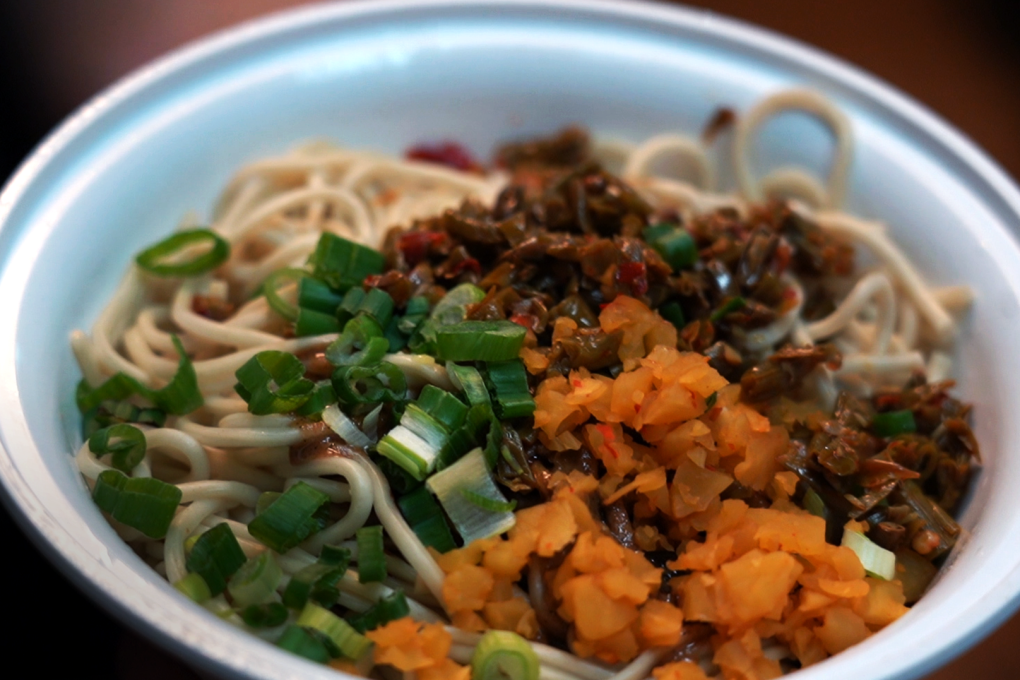Hot dry noodles, the iconic Wuhan breakfast staple, and the mistake that birthed one of China’s most beloved dishes
- Reganmian is so tied to the city’s identity that natives who emigrate often open hot dry noodle shops wherever they settle
- A legend surrounding the origins tells of a noodle vendor who accidentally poured sesame oil onto a large batch of already cooked noodles.

You probably know the Chinese city of Wuhan as ground zero of the coronavirus outbreak that spread across the world. But before all this came to pass, food lovers waking up in Wuhan would count their blessings.
Flanked by China’s two great rivers — the Han and Yangtze — the city is the capital of Hubei province. The region’s food is one of the 10 primary schools of Chinese cuisine, and among Wuhan’s greatest contributions is its breakfast. If the Chinese saying for passing the holidays is guonian, then Wuhan has guozao — to pass the morning — to describe breakfast.
On the streets, one can tuck into a round of dumplings, some crispy stuffed yuba skins called duopi, savoury rice flour doughnuts called mianwo and end the whole affair with a bowl of reganmian, or hot dry noodles.
The noodle dish is Wuhan’s most famous culinary export, so tied to the city’s identity that natives who emigrate often open hot dry noodle shops wherever they settle. In 2013, state mouthpiece People’s Daily named hot dry noodles one of China’s top five noodle dishes, no small feat given how many noodle dishes there are in China.
And as the outbreak escalated, a widely circulated cartoon showed the locked-down city personified as a bedridden bowl of hot dry noodles, with other regional Chinese dishes cheering it on.
